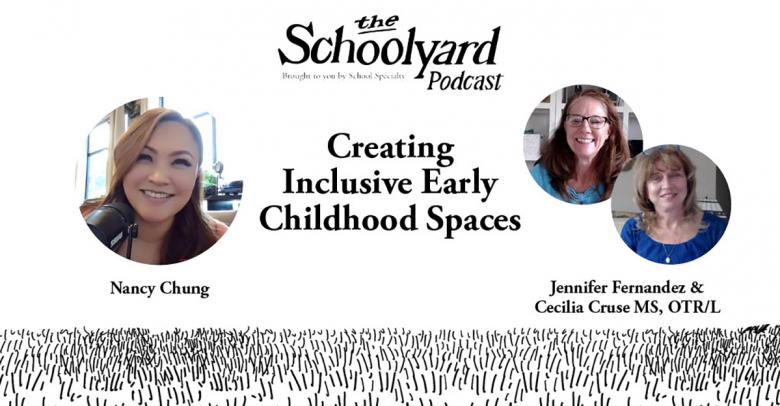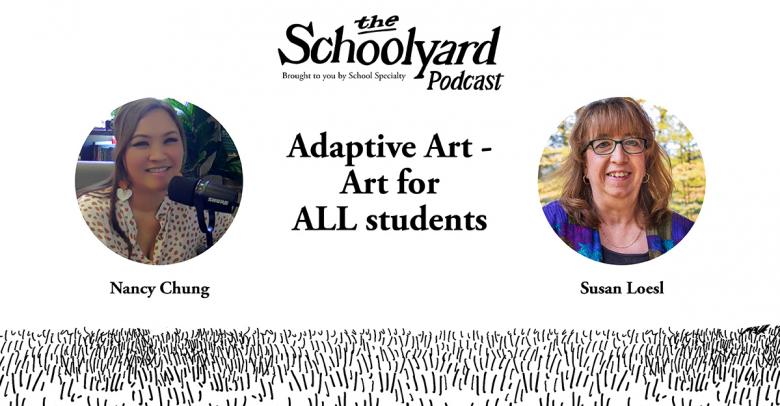Many students with special needs have challenges with communication. Broken down basically, there can be issues with any of the following:
- Speech disorder – This can include articulation issues like inability to pronounce the “th” sound; fluency issues like stuttering over words or phrases and/or a voice disorder where students have difficulty with pitch, loudness, resonance, or duration.
- Language disorder – This can include phonology which involves patterns of speech sounds; semantics which includes the meanings of words and sentences, and/or pragmatics, which involves combining the language components in functional and socially appropriate communication such as greeting a peer upon meeting or following rules such as taking turns when speaking.
- Hearing disorder – This can include deafness or hard of hearing (hearing impaired) or a more complex auditory processing disorder where words are heard but not processed correctly. A student may have trouble differentiating the “ch” sound in choke vs. the “sh” sound in show, or they may have difficulty with auditory figure-ground or the ability to tune out background sounds to hear the teacher speaking.
With all the changes in learning formats these past few years, such as an increase in online courses and modifications to onsite learning environments, many students are at risk of decreased performance because of these underlying communication challenges. Let’s look at 5 key strategies to help address these issues:
1. Reasonable Wait Time
For speech disorders, such as not being understood or stuttering, include a reasonable wait time for a student’s response. This will reduce the stress of a timed response. You can also have alternative options for communication on hand. Low-tech ewriters like a Boogie Board are a great tool for students to communicate answers.
2. Articulation Skill Practice
Continue with articulation skill practice. If an option, a Speech Language Pathologist (SLP) can work with a classroom teacher or design a home program using SuperDuper articulation tools that identify specific sounds and blend to reinforce.
3. Visual Reinforcement
Students with issues with pragmatic/social skills may have difficulty understanding non-verbal communication. This can be especially challenging while using smartphones or other devices. Interpreting the tone of a written message and “reading” facial cues of happy, sad, angry, etc., may be more challenging. You can bridge the gap by using visual reinforcements for cues, such as emoticons for written formats or physical supports during screen time.
4. Closed Captioning
Depending on the level of impairment, some students with auditory issues may benefit from closed captioning. Several online platforms have the accessibility option to add this. Invest in a good headset for students with auditory discrimination issues. Students with auditory figure-ground issues need a quiet work environment away from background sounds and devices (like a washer/dryer or HVAC unit) that distract focus and attention. Noise reduction headphones may also be helpful.
5. Develop Self-Regulation Skills
Students with general speech and language challenges must put more effort into communication under normal circumstances. Whether in person or virtual communication, it takes extra effort and can be fatiguing. Be sure to add movement breaks or outdoor time. You could also create a sensory space to help support the development of self-regulation skills to reduce anxiety and stress.
Every child has the right to have a voice that is heard! For more information, visit our website for additional tools to support language and communication skills.

Cecilia Cruse, MS, OTR/L has a BS degree in Occupational Therapy from the University of Florida, and her Master’s degree in Education from Georgia State University. She is SIPT certified and has over 25 years of experience in pediatrics with school-based services, acute care, and outpatient pediatric settings.






Leave a Reply